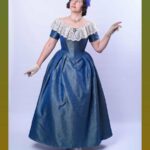Embark on a captivating adventure through the annals of Philippine fashion with “Unveiling the Splendors: A Journey Through the History of Fashion in the Philippines.” From the vibrant hues and intricate weaves of traditional attire to the avant-garde creations of contemporary designers, discover the rich tapestry of influences that have shaped the nation’s sartorial identity. Prepare to be enthralled as we delve into the stories behind iconic garments, celebrate Filipino artistry, and uncover the profound connections between fashion, art, and society in this extraordinary journey through the history of Philippine fashion.
Key Takeaways:
Filipino design reached its peak in all areas, including fashion, graphics, architecture, jewelry, and interiors, in the 1930s.
Traditional Filipino fashion elements like the terno and the barong Tagalog are still popular despite Western influences.
Filipino-born fashion designer and historian Gino Gonzales co-wrote and curated the book “Fashionable Filipinas.”
History of Fashion in the Philippines
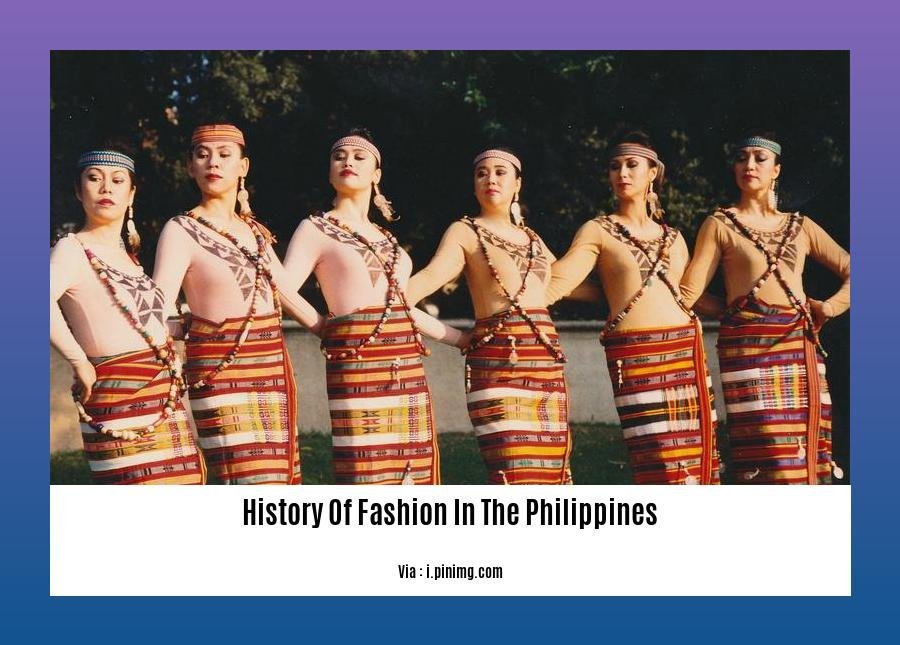
Fashion in the Philippines has evolved through centuries, reflecting the archipelago’s rich history and traditions, and the collision of various cultures on its shores.
Let’s wander through the diverse timeline of fashion in the Philippines:
Precolonial Period
In precolonial times, Filipinos wore clothing made from locally-sourced materials like abaca, cotton, and bark cloth. Women donned skirts called “tapis,” while men wore loincloths called “bahag.”
Spanish Colonial Period
The arrival of the Spanish brought significant changes to Filipino fashion. Indigenous clothing was often replaced with European-style garments due to the imposition of colonial dress codes.
American Colonial Period
Under American rule, Western fashion gained popularity, particularly among urban Filipinos. School uniforms were introduced in the 1900s, shaping the clothing choices of Filipino students.
Postcolonial Period
After independence, Filipino designers began to reclaim and celebrate the country’s cultural heritage through fashion. The terno, the Barong Tagalog, and other traditional Filipino clothing experienced a revival.
Modern Filipino Fashion
In contemporary times, Filipino fashion has become highly diverse, incorporating global influences while retaining elements of the country’s traditional styles.
Filipino designers have gained international recognition for their unique creations, showcasing the country’s rich fashion history on the world stage.
Reflecting on the history of fashion in the Philippines, we see a tapestry woven with cultural influences, colonial encounters, and a resurgence of national pride.
It’s an ongoing journey of creativity, resilience, and honoring the rich heritage that continues to shape Filipino fashion today.
- Dive into the captivating history of English drama, where theatrical masterpieces were born and legends were made.
- Embark on a literary voyage through the history of English literature periods, where each era unfolds a unique tapestry of literary genius.
- Unravel the intricate web of English literature, where wordsmiths weave tales that transport us to realms of imagination and enlightenment.
Post-independence fashion: Embracing national identity
Imagine a time when fashion became a symbol of newfound freedom, an expression of a nation’s unique identity, free from colonial influences that sought to define their style. This was the essence of post-independence fashion in the Philippines, a journey of embracing cultural heritage and national pride.
The Terno: A Symbol of Independence
The terno, a traditional Filipino dress, emerged as a symbol of national identity during the post-independence era. Crafted from delicate piña fabric made from pineapple fibers, the terno showcased both elegance and national pride. Its butterfly sleeves, known as “manggas,” and the long, flowing skirt evoked a sense of grace and femininity, resonating with the spirit of freedom.
The Barong Tagalog: A National Dress
Filipino designers also celebrated the barong Tagalog, the national dress for men. Made from sheer fabrics like piña or jusi, the barong Tagalog exuded a tropical elegance. Its intricate embroidery and colorful patterns reflected the country’s rich artistic heritage and became an emblem of national pride, worn by men in both formal and casual settings.
Fashion Designers as Cultural Ambassadors
Filipino designers played a crucial role in promoting national identity through fashion. They showcased their creations in local and international fashion shows, introducing the world to the beauty and uniqueness of Filipino clothing. Designers like Ramon Valera, Inno Sotto, and Josie Natori became cultural ambassadors, using their talent to showcase the country’s fashion heritage on the global stage.
Key Takeaways:
The terno and barong Tagalog emerged as symbols of national identity in the Philippines.
Fashion designers played a vital role in promoting Filipino culture through their creations.
Post-independence fashion celebrated traditional clothing, honoring the country’s cultural heritage.
Filipino designers gained international recognition for their unique designs, showcasing the country’s fashion prowess.
References:
Fashion nationalism in Asia: a comparative study of the Philippines’ terno and Taiwan’s qipao
The Rise of Contemporary Filipino Designers: Global Recognition and Cultural Pride
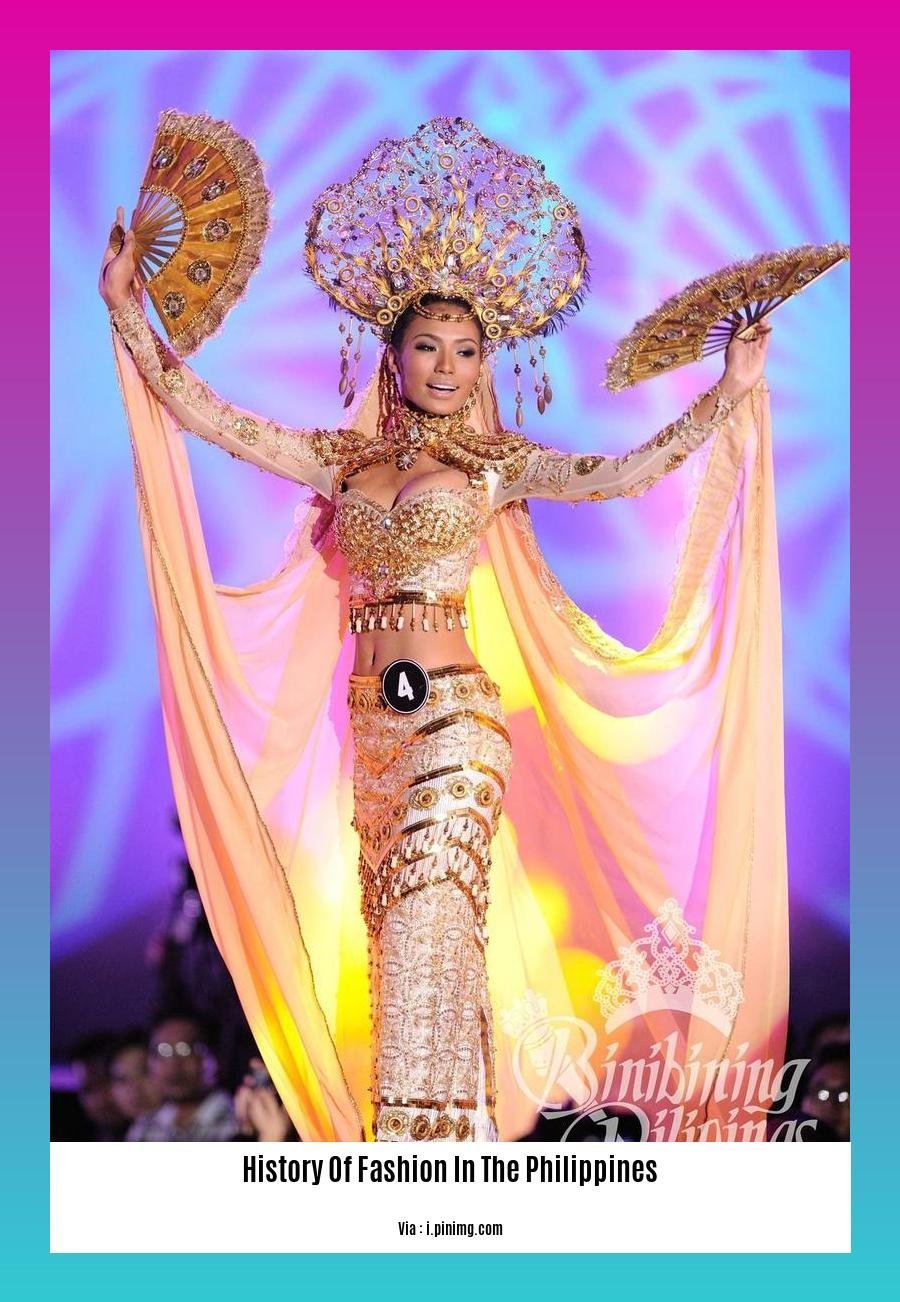
Today’s fashion scene features Filipino designers who are redefining what it means to be stylish while staying true to their roots.
How have they achieved this fusion of global trends and cultural pride? Let’s take a closer look:
Pinpointing the Global Radiance:
- Filipino designers are creating waves globally, grabbing the attention of fashion enthusiasts worldwide.
- Designers like Randolf by RJ Santos and Toping Zamora are just a few names lighting up international runways, showcasing unique designs rooted in Filipino heritage.
Preserving Culture Through Fashion:
- Many Filipino designers are committed to preserving and promoting Filipino culture through their designs.
- They incorporate traditional textiles, such as the T’nalak textile from the T’boli of South Cotabato, into modern and contemporary clothing.
- These designs not only keep cultural traditions alive but also add a touch of uniqueness to their collections.
Empowering Artisanal Communities:
- By using traditional textiles and techniques, Filipino designers support and empower local artisans and communities.
- They collaborate with skilled weavers, embroiderers, and craftspeople to create one-of-a-kind pieces that celebrate Filipino craftsmanship.
- This collaboration not only supports local economies but also preserves traditional skills and techniques.
Key Takeaways:
- Filipino designers are making a mark on the global fashion scene, showcasing unique designs that blend traditional and modern elements.
- Many designers are committed to preserving and promoting Filipino culture through their designs, using traditional textiles and techniques.
- By collaborating with local artisans and communities, Filipino designers support and empower them while celebrating Filipino craftsmanship.
References:
- Roots Deep: Designers from Mindanao Reimagine T’nalak for the Modern World: Vogue Philippines
- Celebrating Filipino Culture Through Fashion: 6 Designers Showcasing Their Heritage: NYLON
Fashion as cultural heritage: Preserving and promoting Filipino textiles and craftsmanship
Imagine your wardrobe as a canvas, delicately woven with the threads of history and culture. Each garment tells a tale of tradition, artistry, and the enduring spirit of a nation. In the Philippines, fashion transcends mere aesthetics; it’s an embodiment of our heritage, a celebration of our identity.
The Fabric of Tradition: Textiles as Cultural Treasures
Throughout history, Filipinos have displayed an innate talent for weaving intricate textiles using indigenous materials. Abaca, cotton, and bark cloth were transformed into masterpieces of design and craftsmanship. These fabrics carried profound cultural significance, with intricate patterns and motifs reflecting our rich heritage.
The T’nalak textile, woven by the T’boli people of South Cotabato, is a prime example of this cultural artistry. Its intricate geometric patterns and vibrant colors narrate the stories of the T’boli people, connecting them to their ancestral roots.
Preserving the Past: Reviving Traditional Garments
In the face of colonial influences and the allure of Western fashion, the preservation of traditional Filipino attire became a symbol of cultural resilience. Notable garments like the Barong Tagalog and Filipiniana stood as testaments to our unique identity, evoking a sense of pride and nationalism.
The Barong Tagalog, with its intricate embroidery and airy silhouette, became the epitome of Filipino formal wear. Its popularity soared during the Commonwealth period, solidifying its status as a national symbol.
The Filipiniana, with its butterfly sleeves and elegant drape, embodied feminine grace and elegance. It represented the fusion of indigenous and European influences, creating a garment that was both stylish and rooted in tradition.
Fashion Forward: Modern Designers Embracing Heritage
Contemporary Filipino designers are not merely following trends. instead, they’re delving into the depths of our cultural heritage, finding inspiration in traditional textiles and techniques. They’re using their artistry to weave the past into the present, creating fashion that is both modern and deeply rooted in our national identity.
Designers like Randolf by RJ Santos and Toping Zamora are at the forefront of this movement. They incorporate traditional T’nalak textiles into their contemporary designs, showcasing the versatility and beauty of this cultural treasure. Their garments are not just clothes; they’re wearable pieces of art that celebrate Filipino craftsmanship.
Empowering Artisans: Fashion as a Catalyst for Community Upliftment
The revival of traditional textiles and the rise of designers who champion Filipino craftsmanship have had a profound impact on local communities. By collaborating with skilled weavers and artisans, these designers are providing sustainable livelihoods and empowering these communities to preserve their cultural heritage.
Through fashion, these designers are not merely creating beautiful garments; they’re fostering economic opportunities, uplifting marginalized communities, and ensuring that traditional skills and knowledge are passed down to future generations.
Key Takeaways:
Filipino fashion is deeply rooted in the country’s cultural heritage, with traditional textiles and garments embodying the nation’s identity.
Traditional textiles like the T’nalak carry profound cultural significance, narrating stories of indigenous communities.
Notable garments like the Barong Tagalog and Filipiniana are symbols of Filipino pride and nationalism, representing a fusion of indigenous and foreign influences.
Contemporary Filipino designers are reviving and reinterpreting traditional textiles, creating modern fashion that celebrates Filipino craftsmanship.
The resurgence of traditional textiles and the empowerment of local artisans have positive economic and cultural impacts, ensuring the preservation of traditional skills and knowledge.
Citations:
- Roots Deep: Designers from Mindanao
- These Designers Are Showcasing Their Filipino Culture Through Fashion
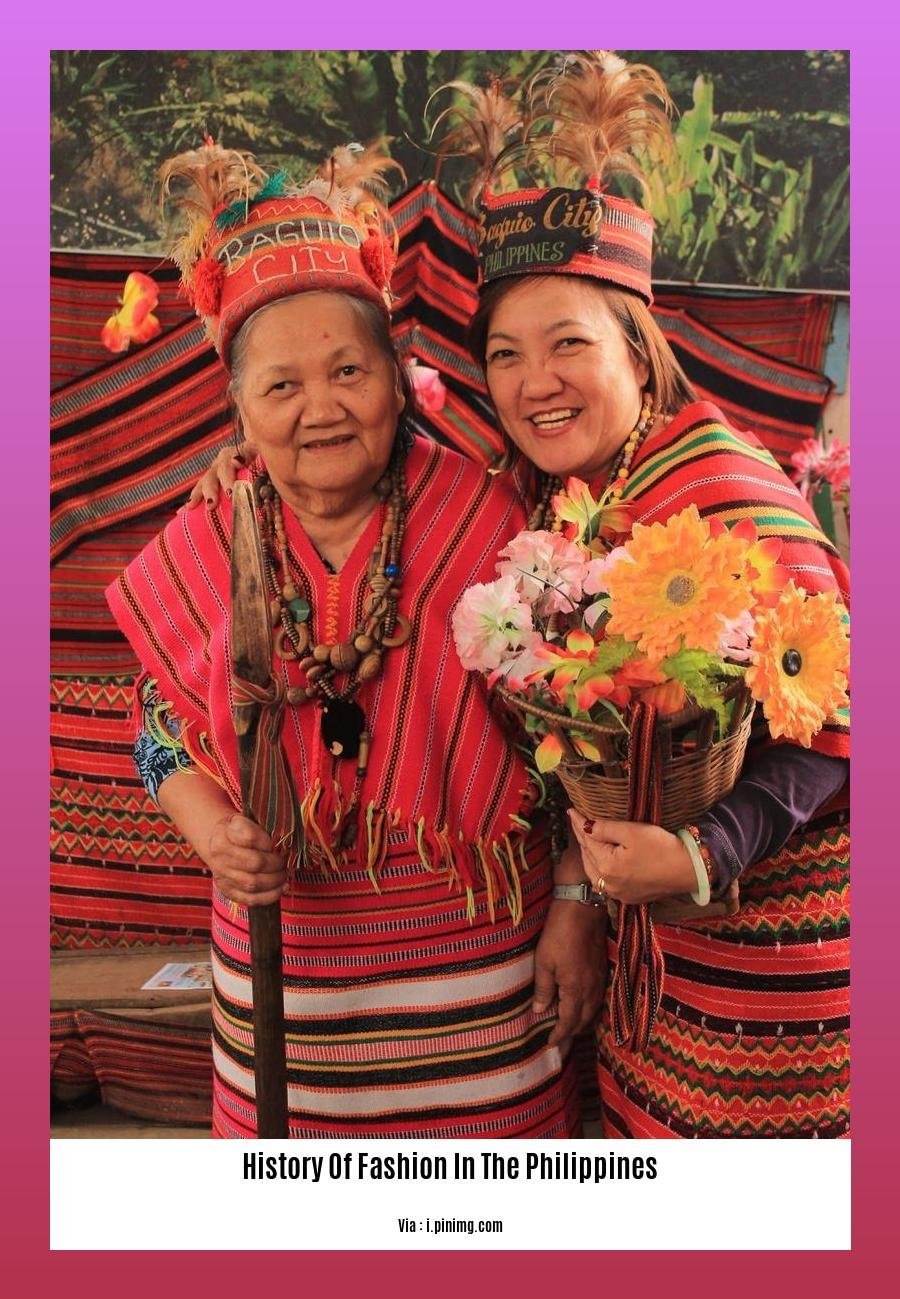
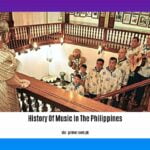
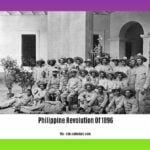

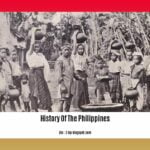
![A Stitch in Time: Exploring the Evolution of Clothing in India Through the Millennia [clothing in india history] clothing-in-india-history_2](https://www.lolaapp.com/wp-content/uploads/2023/12/clothing-in-india-history_2-150x150.jpg)
